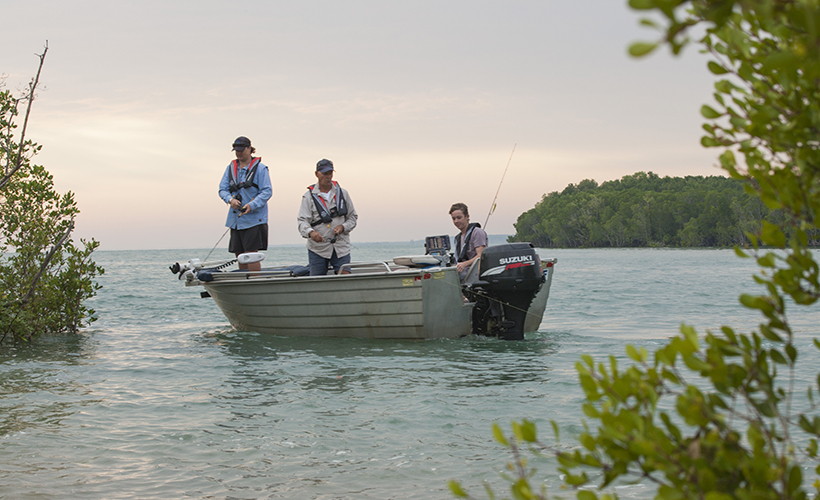 Drowning is the leading cause of boating-related fatalities. On average, 49 people drown in Australia every year while using boats and watercraft.
Drowning is the leading cause of boating-related fatalities. On average, 49 people drown in Australia every year while using boats and watercraft.
The most common fatalities occur with small aluminium boats (tinnies), jet skis, kayaks, sailing boats and inflatable dinghies. The ocean is the most common location for boating- and watercraft-related drowning deaths, followed by rivers and beaches.
Risk factors
Many of the drowning deaths can be attributed to people not wearing lifejackets. Alcohol is also a contributing factor, with at least 15% of all adults who drowned when boating and using watercraft recording a level of alcohol above the legal limit for driving (≥0.05%)
Risk factors include:
- Being unprepared for changing weather or sea conditions
- Collisions due to excessive speed
- Having a vessel that is not seaworthy
- Failure to wear or correctly fit a lifejacket
- Failure to take adequate safety precautions, such as proper lookouts and excessive speed
- Poor or unexpected weather conditions
- Inadequate maintenance of equipment
- Inexperience with equipment, waterways and weather conditions
- Risk-taking behaviour
- Alcohol and drug consumption
How to Stay Safe
- Check weather forecast and water conditions, including tides, before and during boating. Conditions can change quickly, so don’t hesitate to head back in. If in doubt, don’t go out
- Learn the rules and regulations for boating in your State/Territory
- Wear a lifejacket. You are more likely to survive an accident if you are wearing a lifejacket
- Avoid alcohol and drugs around water
